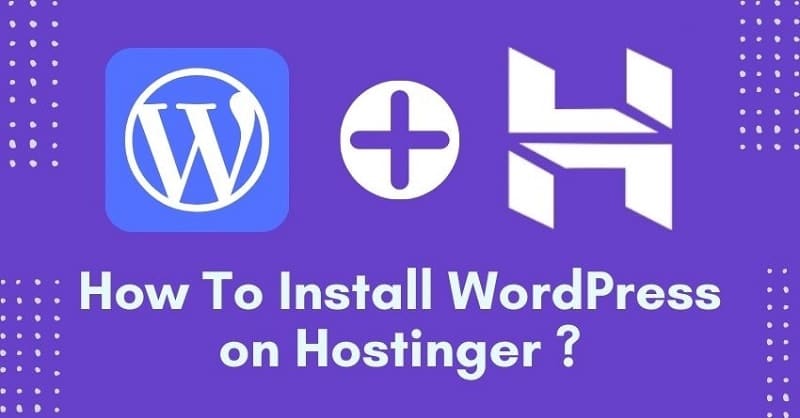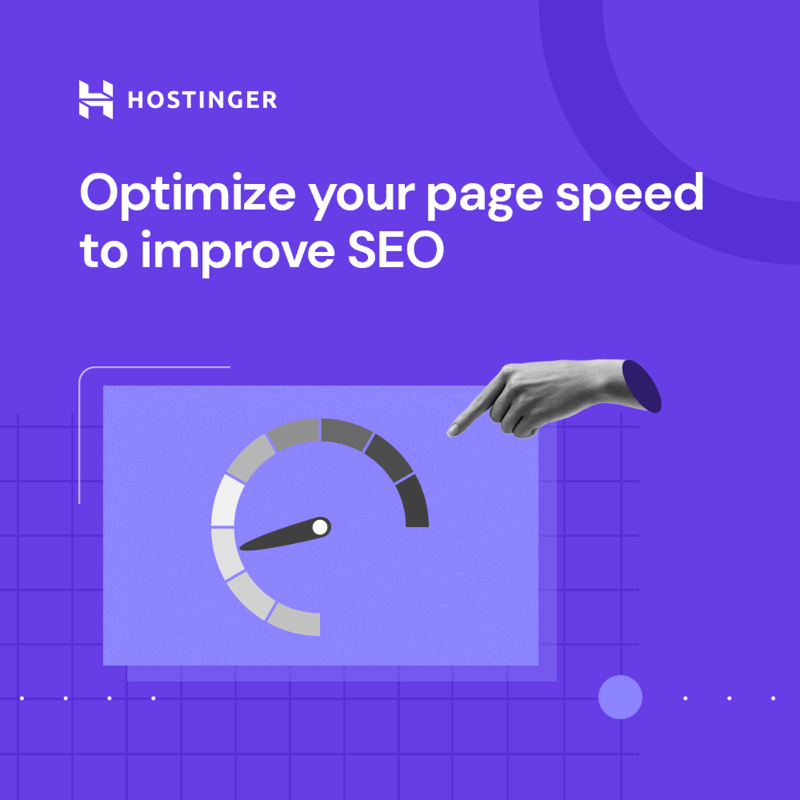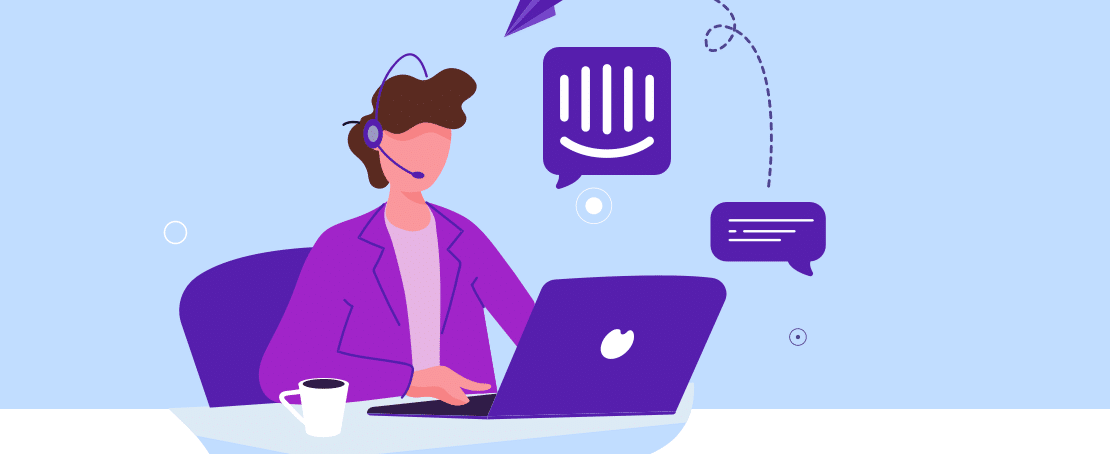Are you ready to launch your own website or blog? WordPress is a popular and user-friendly content management system that allows you to create and manage your website without any technical expertise. In this step-by-step tutorial, we will guide you through the process of installing WordPress on Hostinger, a reliable and affordable web hosting provider. Let’s get started!
Table of Contents
Prerequisites
Before installing WordPress, there are a few prerequisites you need to take care of. In this section, we will explain the significance of having a web hosting account and a domain name. We’ll guide you on how to choose the right web hosting plan and register a domain name that suits your website’s purpose.
Web Hosting
Choosing the right web hosting provider is crucial for the performance and security of your website. We will explore the features of Hostinger and explain why it’s a great choice for hosting your WordPress site. We’ll walk you through the process of signing up for Hostinger and selecting an appropriate hosting plan.
Domain Name
A domain name is your website’s address on the internet. We will provide insights into choosing a domain name that reflects your brand or niche. Additionally, we’ll guide you on how to register a domain name through Hostinger or connect an existing domain to your hosting account.
Sign Up for Hostinger
Join the millions of satisfied customers who have already chosen Hostinger as their web hosting provider. Don’t miss out on this opportunity to take your website to new heights. Sign up for Hostinger today and unlock the full potential of your online presence.
Accessing cPanel
cPanel is a web-based control panel that allows you to manage your hosting account efficiently. We will guide you on how to access the cPanel dashboard in Hostinger. We’ll provide clear instructions and screenshots to help you navigate through the cPanel interface.
Installing WordPress
Now comes the exciting part—installing WordPress on your Hostinger hosting account. We will cover two methods: using the one-click installer and performing a manual installation. We’ll explain the steps for both options, allowing you to choose the method that suits your preferences.
One-Click Installer
Hostinger offers a convenient one-click installer that simplifies the WordPress installation process. We will guide you through the steps of using this installer, from locating it in the cPanel to configuring the installation settings. You’ll have WordPress up and running in no time!
Manual Installation
For those who prefer more control and customization, we will provide a comprehensive guide to manually installing WordPress on Hostinger. We’ll cover the steps of downloading the WordPress package, creating a database, configuring the wp-config.php file, and uploading the files to your hosting account.
How to Install WordPress on Hostinger in 2023
Configuring WordPress
Once you have successfully installed WordPress, it’s essential to configure it properly for optimal performance and functionality. In this section, we will explore the general settings that you should customize, such as the site title, tagline, and time zone. We’ll also discuss themes, plugins, and permalinks, empowering you to personalize your website according to your vision.
General Settings
We’ll start by guiding you through the process of configuring the general settings of your WordPress site. From the site title and tagline to the site language and date format, we’ll cover all the essential settings you need to know to get your website up and running smoothly.
Themes and Plugins
WordPress offers a vast library of themes and plugins that enhance the functionality and aesthetics of your website. We’ll walk you through the process of selecting and installing themes and plugins from the official WordPress repository. You’ll discover how to make your website visually appealing and feature-rich.
Permalinks
Permalinks determine the structure of your website’s URLs. We’ll explain the importance of using SEO-friendly permalinks and guide you on how to customize them on WordPress. You’ll learn how to create meaningful and descriptive URLs that improve your website’s search engine visibility.
Conclusion
Congratulations! You have successfully installed WordPress on Hostinger and configured it to meet your website’s requirements. In this article, we provided a comprehensive step-by-step tutorial to guide you through the entire process. WordPress offers endless possibilities for building a remarkable website, and with Hostinger’s reliable hosting services, you can unleash your creativity without any limitations.
Now it’s time to start creating compelling content, engaging with your audience, and making your mark on the web!
FAQs
Q1: Is Hostinger a suitable web hosting provider for WordPress? Yes, Hostinger is a reliable and affordable web hosting provider that fully supports WordPress. Their hosting plans offer excellent performance, security, and customer support, making them an ideal choice for hosting your WordPress site.
Q2: Can I install WordPress manually if I prefer more control over the installation process? Absolutely! Hostinger allows you to perform a manual installation of WordPress, giving you greater control and customization options. The manual installation method is well-documented and straightforward to follow.
Q3: Can I change the WordPress theme after the installation? Yes, WordPress allows you to change the theme at any time. You can choose from thousands of free and premium themes and switch between them effortlessly. Just ensure that the new theme is compatible with your WordPress version.
Q4: Are plugins necessary for my WordPress site? Plugins add functionality and extend the capabilities of your WordPress site. While some essential features are already included on WordPress, plugins can help you achieve specific goals, such as adding contact forms, optimizing SEO, or integrating with social media platforms.
Q5: How often should I update WordPress and its plugins? Regular updates are crucial for the security and performance of your WordPress site. It’s recommended to update WordPress and its plugins as soon as new versions are available. Always ensure you have a backup of your website before performing any updates.





